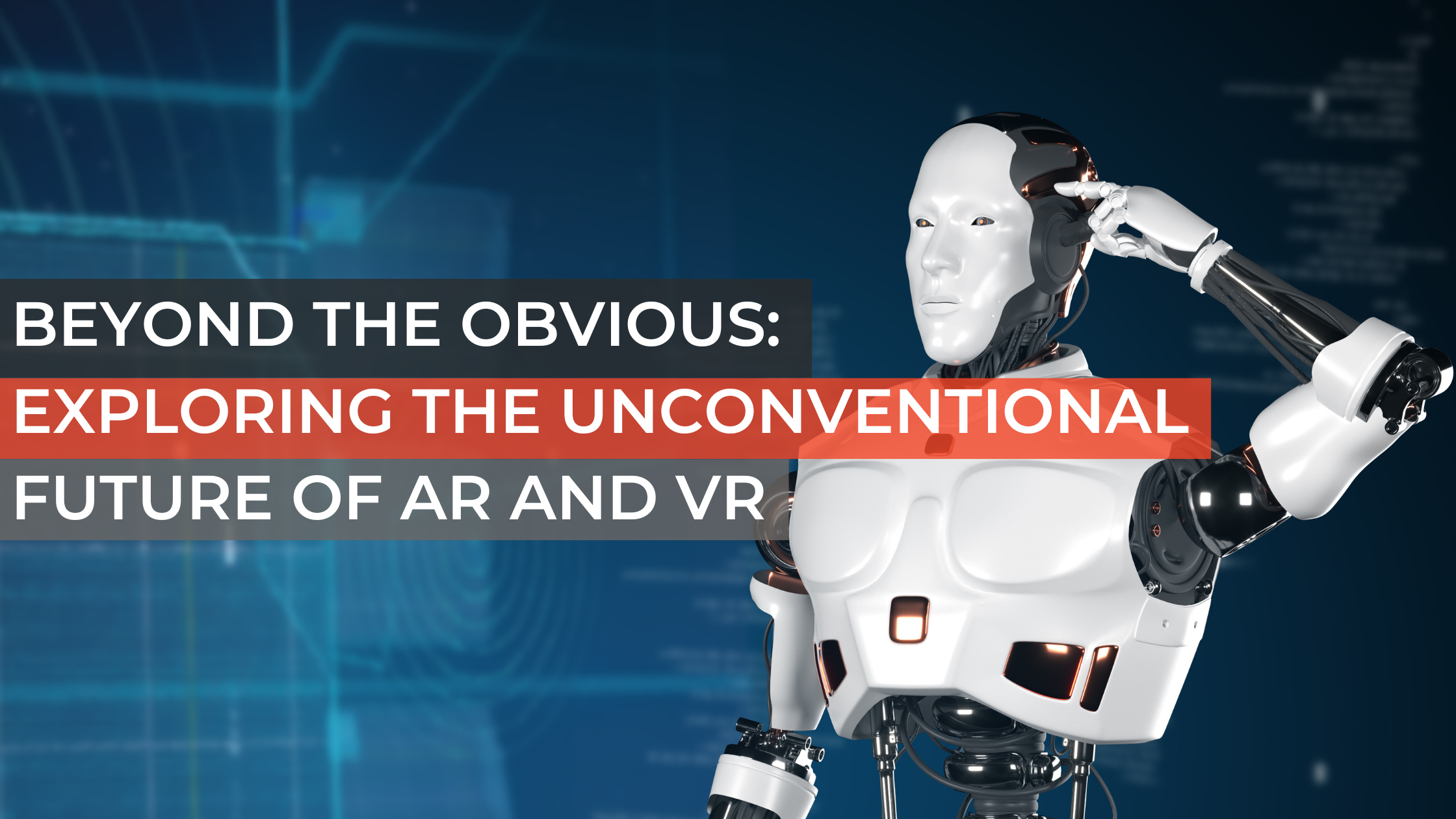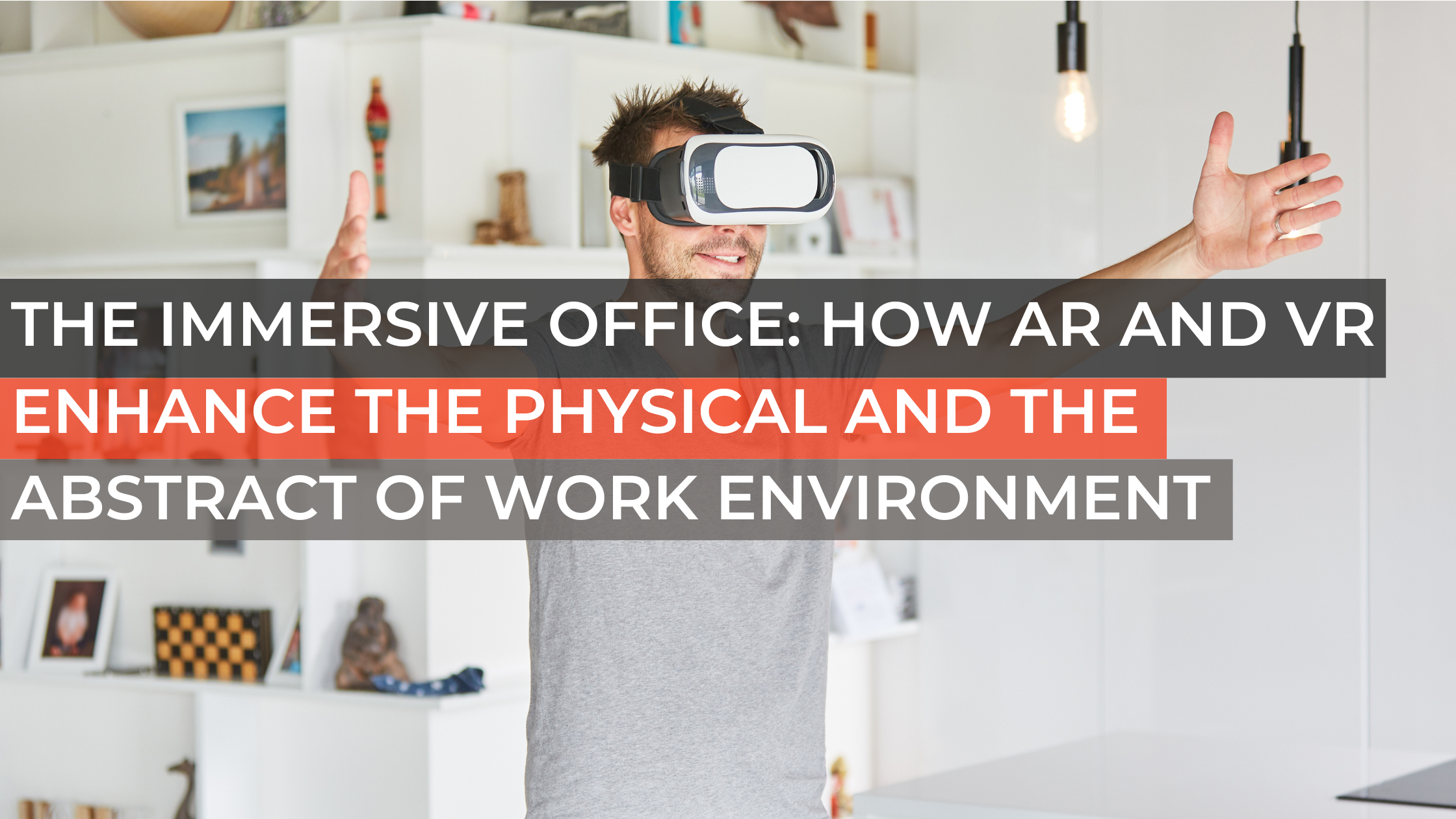
In an increasingly urbanized world, ensuring public safety and security has become a paramount concern for governments and municipalities. Traditional methods of urban surveillance, while effective to a certain extent, often fall short in the face of evolving challenges. Enter the combination of drones and AI vision systems, a cutting-edge solution that promises to revolutionize urban surveillance. In this blog, we will explore how drones equipped with AI vision systems are transforming the way we monitor and manage cities, ensuring safety and efficiency on an unprecedented scale.
The Need for Advanced Urban Surveillance
- Rising Urbanization: As the global population continues to migrate to cities, urban areas are growing at an unprecedented rate. According to the United Nations, by 2050, 68% of the world's population will live in urban areas. This surge in urbanization presents challenges for law enforcement and city management in maintaining public safety and responding to emergencies efficiently.
- Emerging Security Threats: Modern cities face a range of security threats, from terrorism and cyberattacks to natural disasters. Traditional surveillance systems are often inadequate in providing real-time, comprehensive monitoring and response capabilities.
The Role of Drones in Urban Surveillance
- Introduction to Drones: Drones, also known as Unmanned Aerial Vehicles (UAVs), have rapidly evolved from recreational gadgets to essential tools for various applications. In urban surveillance, drones offer several advantages:
- Aerial Perspective: Drones can provide a bird's-eye view of the city, covering vast areas quickly.
- Mobility: They can reach areas that are difficult to access by traditional means.
- Cost-Effective: Drones reduce the need for extensive ground personnel.
- Surveillance Drones in Action: Surveillance drones are equipped with various cameras and sensors, including thermal imaging, night vision, and high-resolution cameras. They can be used for:
- Traffic Monitoring: Tracking traffic flow and congestion in real-time.
- Emergency Response: Assessing disaster situations and locating survivors.
- Event Security: Ensuring public safety at large gatherings or events.
AI Vision Systems in Urban Surveillance
- AI and Computer Vision: Artificial Intelligence (AI) and computer vision technology have made significant strides in recent years. AI vision systems can analyze large amounts of visual data in real time, making them invaluable for urban surveillance:
- Object Detection: Identifying and tracking objects or individuals of interest.
- Anomaly Detection: Recognizing unusual behavior or events.
- Predictive Analysis: Forecasting potential security threats.
- AI-Enhanced Drone Surveillance: Combining drones with AI vision systems amplifies their capabilities:
- Real-Time Threat Detection: Drones can identify potential threats and alert authorities.
- Efficient Data Processing: AI can process and categorize surveillance data swiftly.
- Data Analytics: Gaining insights from vast datasets, helping in city planning and crime prevention.
Benefits of Drones and AI in Urban Surveillance
- Enhanced Response Times: Drones equipped with AI vision systems can reduce response times to emergencies significantly. For example, in the event of a car accident, a drone can be deployed to the scene to assess the situation, allowing emergency services to respond more effectively.
- Increased Public Safety: The presence of surveillance drones can act as a deterrent to criminal activity. In public spaces, drones can monitor for potential disturbances and quickly alert law enforcement to intervene.
- Cost Savings: Compared to traditional surveillance methods, utilizing drones and AI vision systems can be more cost-effective in the long run. Fewer personnel are needed, and the data analysis process is automated.
- Improved Disaster Response: During natural disasters or emergencies, drones can quickly survey affected areas, locate survivors, and assess damage. This data can be invaluable for the efficient deployment of resources.
Challenges and Concerns
- Privacy Concerns: Using drones and AI in urban surveillance raises concerns about individual privacy. Striking a balance between public safety and privacy rights is a challenge that policymakers and law enforcement must address.
- Security Threats: Drones themselves can be used for malicious purposes. Unauthorized drone flights and the potential for hacking into surveillance systems are security concerns that need to be addressed.
- Data Management and Storage: The sheer volume of data generated by drones and AI systems presents a challenge for storage, analysis, and data security. Effective data management strategies are crucial.
Case Studies: Real-World Implementations
- NYPD's Drone Program: The New York Police Department (NYPD) has been using drones for various surveillance and emergency response purposes. Their drones are equipped with thermal cameras and have been utilized in search and rescue operations and to monitor large events.
- Singapore's "Smart Nation" Initiative: Singapore has embarked on a journey to become a "Smart Nation." They employ drones equipped with AI vision systems for traffic management, public safety, and environmental monitoring.
Future Trends and Innovations
- 5G Connectivity for Real-Time Data: The deployment of 5G networks will enable faster, more reliable data transmission, allowing for real-time monitoring and response.
- Drone Swarms for Urban Surveillance: Collaborative drone swarms can provide broader coverage and more advanced capabilities. Coordinated efforts between drones could be the next step in urban surveillance.
- Integration with IoT: The Internet of Things (IoT) will play a significant role in urban surveillance, with drones acting as a crucial component of an interconnected city ecosystem.
Conclusion
The utilization of drones and AI vision systems in urban surveillance represents a remarkable leap forward in public safety and security. These technologies offer unparalleled advantages in terms of response time, cost savings, and disaster management. However, they also come with their set of challenges, particularly related to privacy and security.
As cities continue to evolve, so too must their surveillance systems. Drones equipped with AI vision systems are at the forefront of this evolution, promising a safer and more efficient urban environment for all.
Remember, as technology advances, so do the ethical and legal considerations. Balancing the benefits of advanced urban surveillance with privacy and civil liberties is a challenge that will continue to shape the future of our cities.





